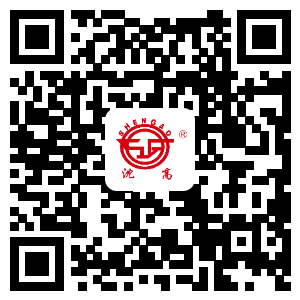Functions and features
The sensor is compact in size, easy to carry, easy to install, operate and maintain.
Reasonable structure design, no embroidery steel probe to ensure the service life.
Exterior with epoxy resin pure colloid encapsulation, good sealing, can be directly buried in the soil for use, and not corroded.
The influence of soil quality is small and the application area is wide.
High measurement accuracy, reliable performance, to ensure normal work.
Quick response, high data transmission efficiency.
Scope of application
Widely used in water-saving agricultural irrigation, greenhouse, flowers and vegetables, grassland, pastures, soil rapid measurement, plant culture, scientific experiments and other fields.
Classification
1. Capacitive soil moisture sensor
The sensitive element of capacitive soil moisture sensor is humidity sensitive capacitor, and the main materials are generally metal oxides and high polymer.These materials have strong adsorption capacity to water molecules, the amount of water adsorption changes with the change of environmental humidity.Because the water molecule has a larger electric dipole moment, the permittivity of the material changes after water absorption, and the capacitance value of the capacitor also changes.The humidity can be monitored by changing the capacitance value into an electrical signal.Humidity capacitors are generally made of polymer film capacitors. When the ambient humidity changes, the dielectric constant of humidity capacitors changes, so that the capacitance also changes. The capacitance change is proportional to the relative humidity, and the humidity can be measured using this characteristic.Commonly used capacitive soil moisture sensor moisture sensing media mainly include: porous silicon, polyphthalimine, in addition to polysulfone (PSF), polystyrene (PS), PMMA (linear, crosslinked, plasma polymerization).
2. Resistance-type soil moisture sensor
The sensitive element of the resistance type soil moisture sensor is the humidity sensitive resistance, and its main materials are generally dielectric, semiconductor, porous ceramics, etc.These materials have strong adsorption on water, and the resistivity/conductivity will change with the change of humidity after the adsorption of water. In this way, the change of humidity can lead to the change of the resistance value of the humidity sensor, and the change of the resistance value can be converted into the required electrical signal.For example, lithium chloride aqueous solution on the substrate to form a film, with the increase and decrease of water vapor content in the air, the film moisture absorption and dehumidification, the concentration of salt in the solution decreases, increases, decreases, the resistivity increases, decreases, the resistance between the two stages also increases and decreases.Another example of porous ceramic moisture sensitive resistance, ceramic itself is composed of many small particles, which are connected with the outside world, through the pores can absorb water molecules, resulting in ion concentration changes, resulting in resistance changes between the poles.
3. Ion type soil moisture sensor
Ion-sensitive field effect transistor (ISFET) is a kind of semiconductor biosensor, which was invented by P. Bergeld in 1970s.ISFET can measure the ion concentration in the solution by contacting the ion buffer solution directly through different sensitive film materials on the gate.The schematic diagram of the structure model of the ion-sensitive soil moisture sensor is shown in Figure 1.Ion-sensitive devices consist of.The ion selective membrane (sensitive membrane) is composed of two parts, the sensitive membrane is used to identify the type and concentration of ions, and the converter converts the information perceived by the sensitive membrane into electrical signals.A sensitive film is made on the insulating gate of the ion-sensitive field effect tube. Different kinds of ions detected by different sensitive membranes are also different, so that the ion selectivity is obtained.







